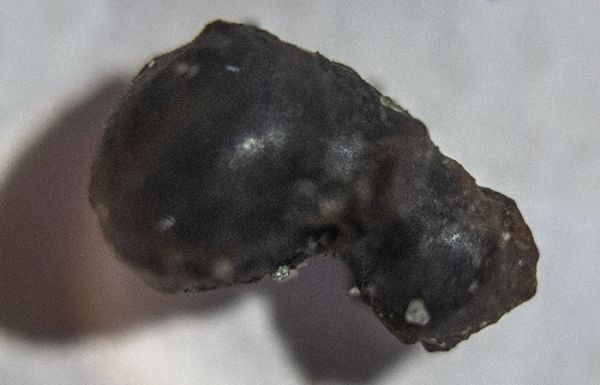The largest recorded meteorite to strike the United States in 21 years fell into NOAA’s Olympic Coast National Marine Sanctuary, and researchers have recovered what are believed to be pieces of the dense, interstellar rock after conducting the first intentional hunt for a meteorite at sea.
The golf cart-sized meteorite, which fell into the sanctuary on March 7 around 7:15 pm PST and about 15 miles off the Washington coast, broke into many pieces before it hit the water. Its cosmic burst, picked up by NOAA’s NEXRAD weather radar, created a giant fireball called a bolide, as well as a sonic boomoffsite link, but thankfully no tsunami. The impact was so violent it registered on seismometers as far away as Manitoba, Canada.
Scientists from NOAA, NASA and the Ocean Exploration Trust worked with the E/V Nautilusoffsite link using a multibeam sounder to first map the site of impact, and then recover parts of the meteorite using an ROV (remotely operated vehicle) capable of diving to depths unreachable by human divers. The meteorite debris field was found about 16 miles offshore, lodged in the seafloor's mud and sand, in waters about 350 feet deep.
Continue reading at NOAA.
Image via NOAA.


